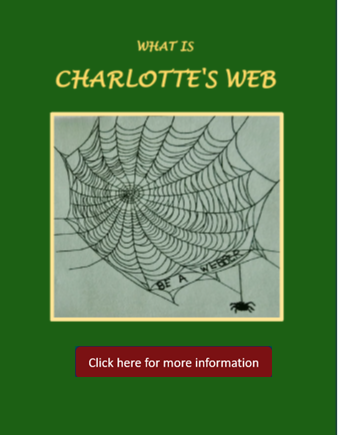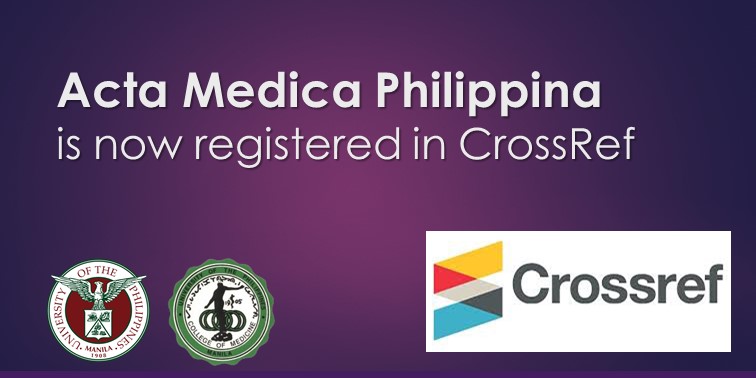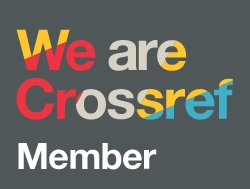Cost-Effectiveness Analysis of Various Coronavirus Disease (COVID-19) Vaccines against Emerging Variants of Concern in the Philippines
DOI:
https://doi.org/10.47895/amp.v59i14.9631Keywords:
COVID-19, cost-effectiveness analysis, vaccine, epidemiologic model, PhilippinesAbstract
Objectives. During the early COVID-19 pandemic (2020 to mid-2021), the Philippine government relied on nonpharmaceutical interventions such as lockdowns and Enhanced Community Quarantine (ECQ). With the emergency use authorization of vaccines, assessing their potential impact became essential. This study develops a Philippine model to evaluate the epidemiologic and economic effects of COVID-19 vaccination, estimating its impact on mortality, hospitalization, and mild/asymptomatic cases under various prioritization strategies, including booster doses and the presence of variants of concern.
Methods. A dynamic transmission model (DTM) with an SEIR (Susceptible-Exposed-Infected-Recovered) structure was calibrated using local data, including case numbers, deaths, seroprevalence, vaccination coverage, and intervention costs. The model’s outputs informed a cost-effectiveness analysis (CEA) from health system and societal perspectives over a two-year horizon. Incremental Cost-Effectiveness Ratios (ICERs) were calculated, with costs adjusted to 2020 prices and discount rates of 3%-10% applied. Sensitivity analyses, including one-way and probabilistic approaches, assessed robustness, while a budget impact analysis (BIA) estimated government expenditures in 2020 and 2021.
Results. Without vaccination, daily cases could have peaked at 400,000 between February and May 2021. A vaccination campaign was projected to reduce cases to around 20,000, significantly lowering mortality.
From the health system perspective, the estimated cost without vaccination was PhP 14.46 trillion, with 93.83 million QALYs. With vaccination, costs dropped to PhP 2.36 trillion, while QALYs increased to 101.79 million. From the societal perspective, costs were PhP 14.68 trillion without vaccination and PhP 2.38 trillion with vaccination, with the same QALY outcomes.
CEA results confirmed that vaccination was cost-saving, with ICERs of -PhP 1,520,727.28 per QALY (health system) and -PhP 1,546,171.63 per QALY (societal). Sensitivity analyses supported these findings, with oneway sensitivity analysis showing minimal impact from parameter changes and probabilistic sensitivity analysis confirming cost-saving outcomes. The BIA estimated government expenditures of PhP 983.45 billion in 2020 and PhP 1.47 trillion in 2021 for the vaccine scenario, lower than the no-vaccine scenario.
Conclusion. Indeed, our modeling has shown that COVID-19 vaccines could mitigate the spread of COVID-19 and provide good value for money.
Downloads
Published
Issue
Section
License
Copyright (c) 2025 Acta Medica Philippina

This work is licensed under a Creative Commons Attribution-NonCommercial-NoDerivatives 4.0 International License.




.jpg)



